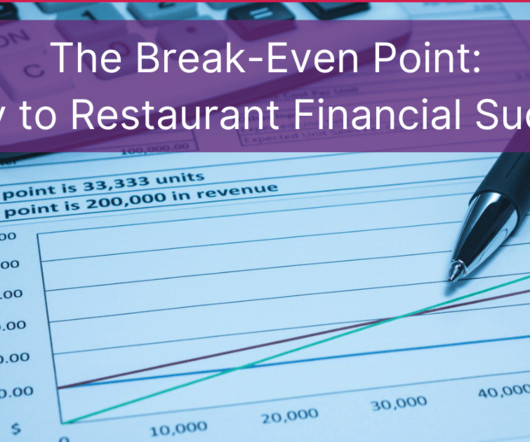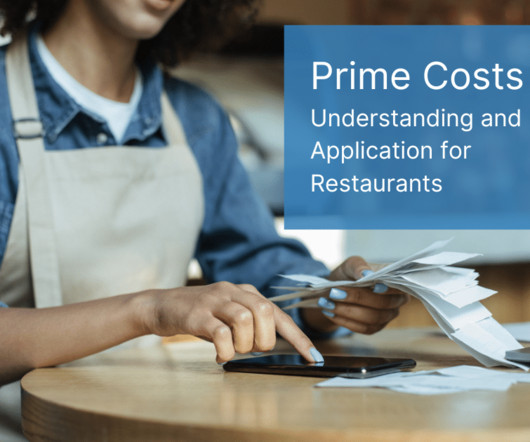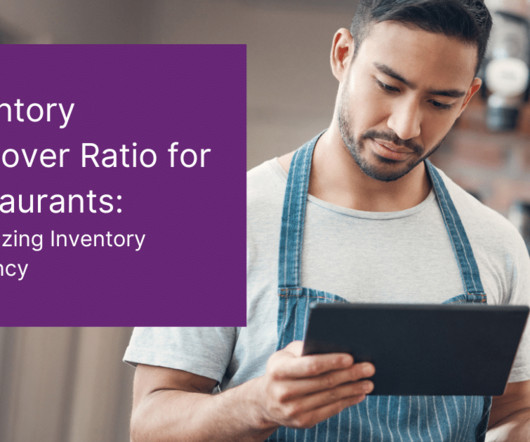How to Read a Restaurant Profit and Loss (P&L) Statements
7 Shifts
JULY 5, 2024
Help your team understand restaurant P&L implications Educating your team on managing costs can foster a culture of financial responsibility within your restaurant. For example, training your kitchen staff on portion control can reduce food waste, and teaching your servers to upsell high-margin items can boost sales.












Let's personalize your content